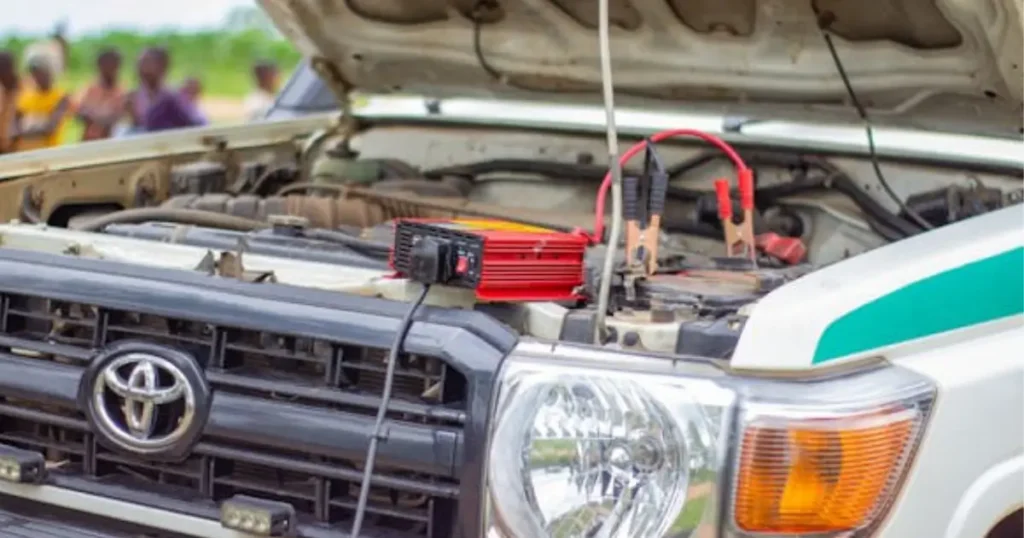
Toyota Camry Check Engine Light, often referred to as the “Malfunction Indicator Lamp” (MIL), is a vital component of modern vehicle diagnostics. When illuminated, it serves as a warning signal that there is an issue with the vehicle’s engine or emissions system. Ignoring this warning light can lead to potentially costly repairs and decreased performance.
Common Reasons for a Toyota Camry’s Check Engine Light
Among the many reasons why a Toyota Camry’s check engine light may illuminate, several common culprits stand out:
Faulty Oxygen Sensor
The oxygen sensor plays a critical role in monitoring the oxygen levels in the exhaust gasses. A malfunctioning sensor can disrupt the air-fuel mixture, leading to decreased fuel efficiency and increased emissions.
Loose or Damaged Gas Cap
A loose or damaged gas cap can allow fuel vapors to escape, triggering the check engine light. While seemingly minor, addressing this issue promptly is crucial to maintaining optimal fuel efficiency and preventing further emissions-related problems.
Catalytic Converter Issues
The catalytic converter is responsible for reducing harmful emissions by converting pollutants into less harmful gasses. Issues such as clogging or failure can lead to decreased engine performance and increased emissions, prompting the check engine light to illuminate.
Spark Plug or Ignition Coil Problems
Faulty spark plugs or ignition coils can disrupt the engine’s ignition system, leading to misfires and decreased performance. Addressing these issues promptly is essential to prevent further damage to the engine and ensure smooth operation.
Other Potential Causes of the Check Engine Light
In addition to the aforementioned common reasons, several other factors can trigger the check engine light in a Toyota Camry. These include issues with the mass airflow sensor, exhaust gas recirculation (EGR) valve, vacuum leaks, and engine misfires.
Importance of Diagnosing the Issue
Ignoring the check engine light can have serious consequences for both the vehicle and its owner. Failure to address the underlying issue promptly can lead to decreased fuel efficiency, increased emissions, and potentially costly repairs down the line. Additionally, continued driving with the check engine light illuminated can increase the risk of further damage to the engine and emissions system.
Steps to Address the Check Engine Light

Provides readers with practical steps to take when their Toyota Camry’s check engine light illuminates:
Check Gas Cap:
Advises tightening or replacing the gas cap if loose or damaged.
Use OBD-II Scanner for Diagnosis:
Explains the use of an OBD-II scanner to retrieve trouble codes and identify the specific issue triggering the check engine light.
Seek Professional Help:
Encourages consulting a certified mechanic or dealership for further diagnosis and resolution of the issue. It stresses the expertise and tools professionals possess to accurately diagnose and repair the problem.
